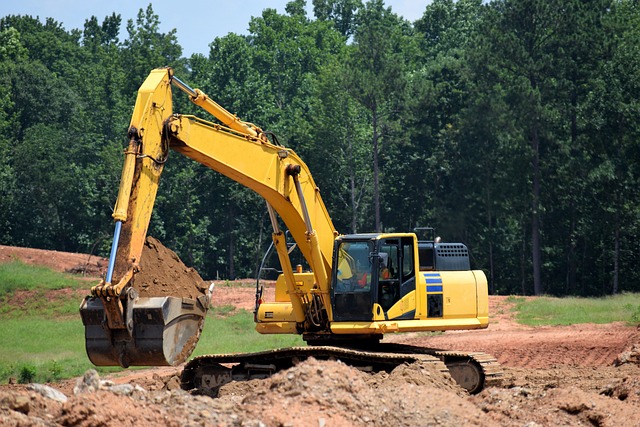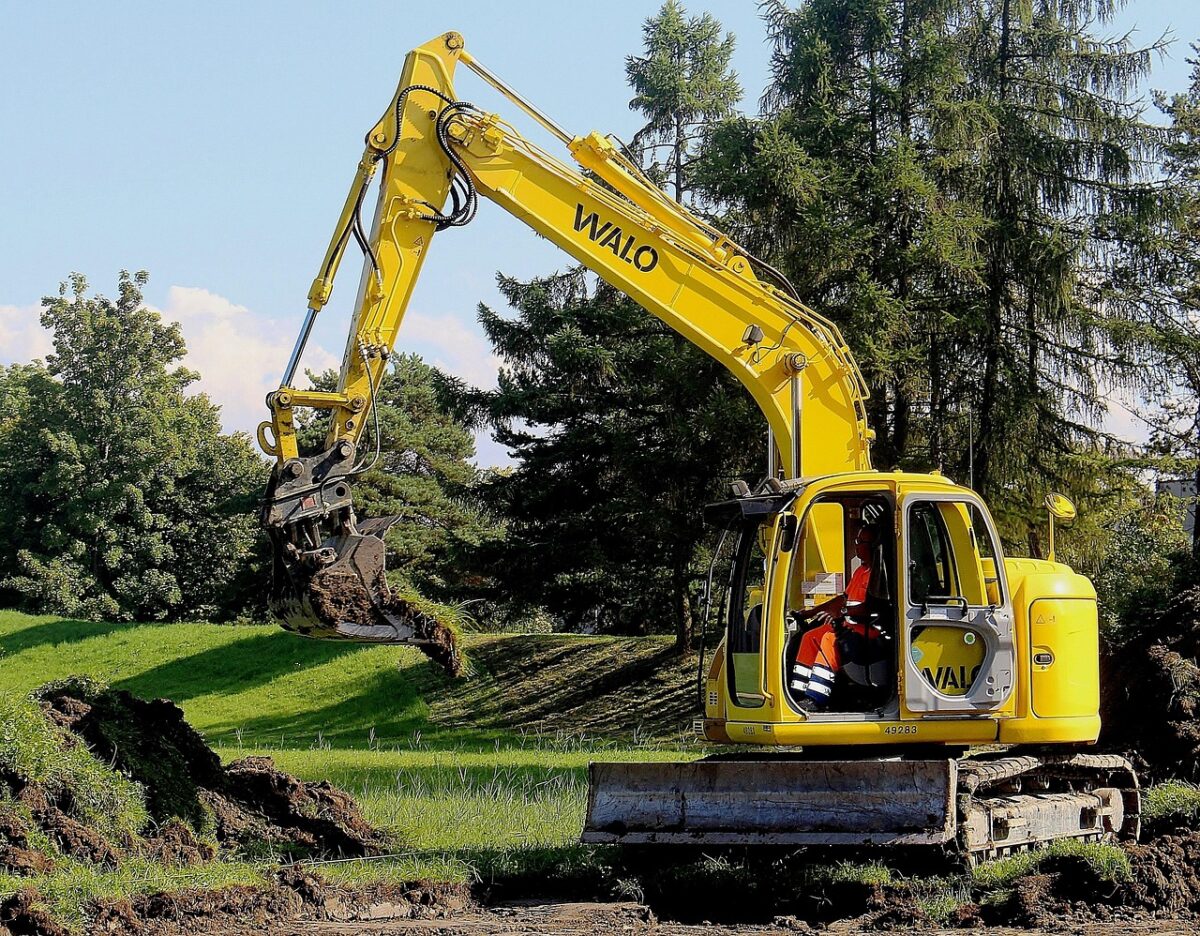Home excavation projects can be exciting, whether you’re digging a new foundation for your dream home or landscaping your yard. However, with great projects come great responsibilities. Safety should always be at the forefront of any excavation endeavor. Before you grab that shovel and start digging, it’s essential to consider several key safety practices that will protect both you and those around you. From understanding the importance of planning to ensuring proper equipment use, each step plays a vital role in creating a safe work environment. It is known that excavation contractors in Chicago can help ensure that these safety practices are followed. Let’s dive into some crucial aspects that every homeowner or contractor should keep in mind when tackling an excavation project.
Planning and Permits
Before breaking ground, thorough planning is essential. Start by mapping out your project’s scope and objectives. Knowing precisely what you intend to accomplish helps streamline the entire process. Next, check local regulations regarding excavation work. Different regions have specific requirements for permits that may be necessary before you begin. Skipping this step can lead to delays or fines down the line. Consulting with professionals can also provide valuable insights into safe practices and potential challenges specific to your area.

Utility Checks
Before you dig into any excavation project, utility checks are essential. You never want to accidentally hit a buried power line or gas pipe. Such mishaps can lead to dangerous situations. Start by contacting local utility companies. They can provide details on the location of underground lines and pipes. This is often a free service that saves time and avoids hazards. Use marking services to indicate where utilities lie beneath your property. These markings guide your digging efforts and help keep everyone safe.
Personal Protective Equipment (PPE)
When undertaking an excavation project, personal protective equipment (PPE) is non-negotiable. This gear shields you from potential hazards that can arise during digging and site preparation. Hard hats are essential for preventing head injuries from falling debris. They should fit snugly and be inspected regularly for cracks or damage. Safety goggles protect your eyes from dust and flying particles. Choose a pair that provides a good seal around the eyes to ensure maximum protection. Sturdy boots with steel toes guard against heavy objects dropping on your feet.
Equipment Safety
Using the right equipment is crucial for safety during excavation. Heavy machinery needs to be operated by trained professionals who understand how it functions and its limitations. Regular maintenance checks can prevent breakdowns and accidents. Inspecting hydraulic systems, blades, and tracks ensures everything operates smoothly. Pay close attention to any warning signs from your machinery. Always follow manufacturer guidelines when using tools. This includes load limits and operational procedures that keep you safe on-site. Familiarize yourself with emergency shut-off mechanisms too; knowing these can save lives in critical moments.

Excavation Techniques
When it comes to excavation, techniques can greatly impact both efficiency and safety. Start with the right method based on your project’s size and soil composition. For smaller digs, hand tools like shovels might suffice. However, larger projects often require heavy machinery. Using an excavator is common for deeper trenches or foundations. Operators must have proper training; this ensures precision while minimizing risks. Consider trenching as well—it’s essential for laying pipes or utilities underground. Executing a successful home excavation project requires careful consideration of several safety practices. Each stage, from planning to execution, plays a crucial role in ensuring the well-being of everyone involved. By adhering to these key safety practices for home excavation projects, you create not only a secure work environment but also pave the way for efficient progress towards your construction goals. We hope that you have found this blog post helpful.

